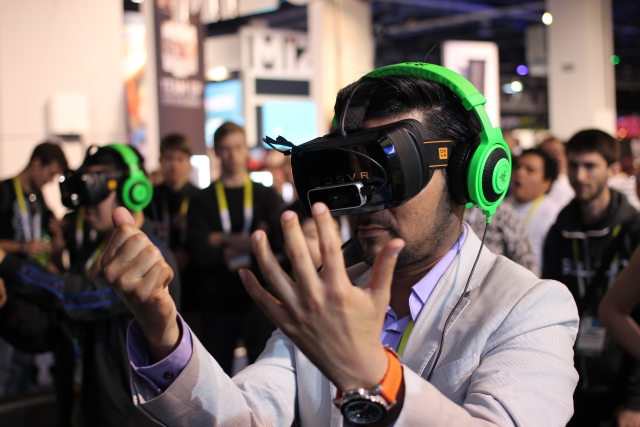Multiculturalism and National Identity
Sociologist Peter Kivisto on problems with multiculturalism, profit for a country from a multicultural populat...

It’s commonly believed that modern technologies accelerate people’s lives. In the context of technological development, particularly when discussing communication speed, physical limitations are tied to the speed of light and human perception speed. Are there any limitations related to social interactions? Do users demand further increases in communication speeds?
Take, for instance, a person who moves from the provinces to a megapolis. They can quickly compare the internet speed (and its cost) in the provinces with that in the new city. However, after some time, this person stops noticing the difference. They lose the ability to make comparisons that were important earlier. Thus, we can say that the “interest in speed” fades too quickly.
When considering the speed of message delivery, for example, from Amsterdam to New York, it’s evident that this has increased significantly. But a researcher must ask: so what? How does this change social practices? Do entirely new actions emerge? Has the aura of social deceleration been irretrievably lost?
Authenticity and the Role of Technology in Social Interaction
In addressing these questions and, more broadly, in understanding how technologies impact society, alarmist evaluations often emerge. In such cases, people claim that a certain “authenticity” (Benjamin called it aura) existed and technologies have “altered it beyond recognition.” For example, now people can talk to anyone and access any text, but they need to learn what’s important. Scrolling through feeds has replaced thoughtful reading. Critics of technology find this alarming, advocating for a return to slower, more deliberate consumption of information.
One such alarmist author, Sherry Turkle, in the introduction to her book Alone Together, refers to technology as the “architect of intimacy” and laments that gadgets replace people, allowing them to avoid loneliness. But is this true? Have we forsaken the emotional connections of face-to-face communication?
Purists criticize the situation where schoolchildren or students in a McDonald’s seem to be ignoring each other while looking at their smartphone screens. But they fail to notice that these kids constantly show each other content on their gadgets—not sending it, but showing it.
The Evolution of Privacy and the “Membrane Principle”
One example of changing attitudes is privacy—specifically, the architecture and management of privacy. Privacy in social networks has a unique character related to managing incoming flow: one can allow or deny access to content, let someone into their life, or keep them out, making boundaries between personal and public flexible.
Consider this example: a teacher likely can’t afford to post overly revealing photos, such as from drunken parties. Even if they want to, they know they shouldn’t. A woman I know, a teacher, posts a series of swimsuit photos in the summer (saying it’s just “for herself”; she wants to look beautiful, denying others’ gazes) and then deletes them before the start of the school year. Her reasoning: students shouldn’t see her like that. However, she leaves one “modest” photo as her profile picture, attracting interest while simultaneously closing off her page (Baudrillard would call this strategy seduction).
In the context of the “immunological metaphor” used in many social studies, Friedrich Nietzsche said that to eliminate a problem or potential danger, one must “let it in.” Therefore, on the internet, people often perform actions they would deem unacceptable or harmful in everyday life but in a controlled manner. Through negotiations, persuasion, and self-threats, a person posts one photo, attracts attention, and immediately limits it. This is the “membrane principle”: allowing certain things in and out, identifying what’s personal and foreign. This is how practices of managing others’ attention and one’s representation are formed.
The “membrane principle” appears in the works of early 20th-century sociologists. For example, Georg Simmel (later expanded by Robert Park) in “The Metropolis and Mental Life” describes the city using the term “blase.” Simmel asks: how does a city dweller exist in such an environment? He states that this existence is possible only by suppressing the vast impressions one receives in a metropolis. For example, one must “ignore” many phenomena around them to get to work. Some impressions are allowed, but others are blocked. City life affects a person’s perception of reality. In the digital age, the flow of impressions intensifies. Understanding what changes and stays the same in our habits and practices remain.

Sociologist Peter Kivisto on problems with multiculturalism, profit for a country from a multicultural populat...

Physicist Hoi-Kwong Lo on quantum key distribution, "flying qubits", and quantum hacking

Sociologist Viktor Vakhshtayn on technological evolution, military drones, and robotized power